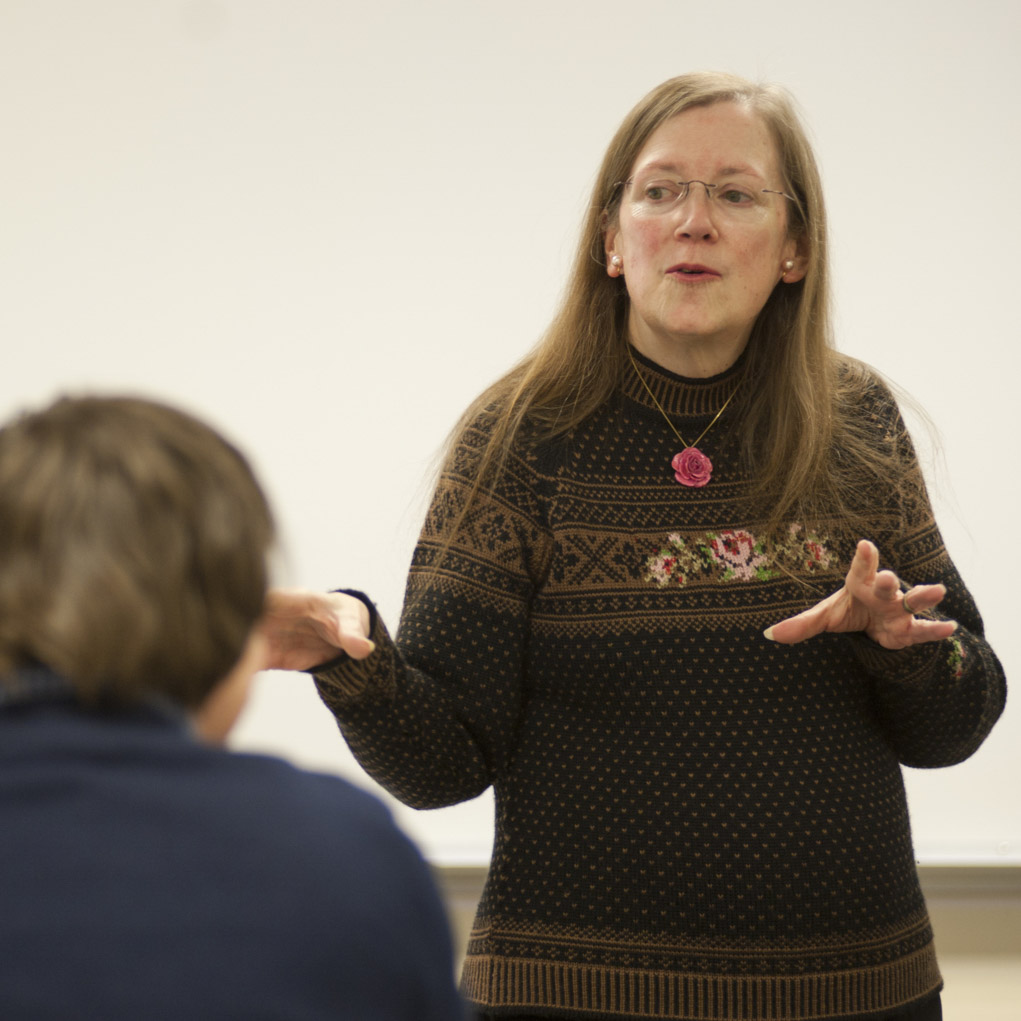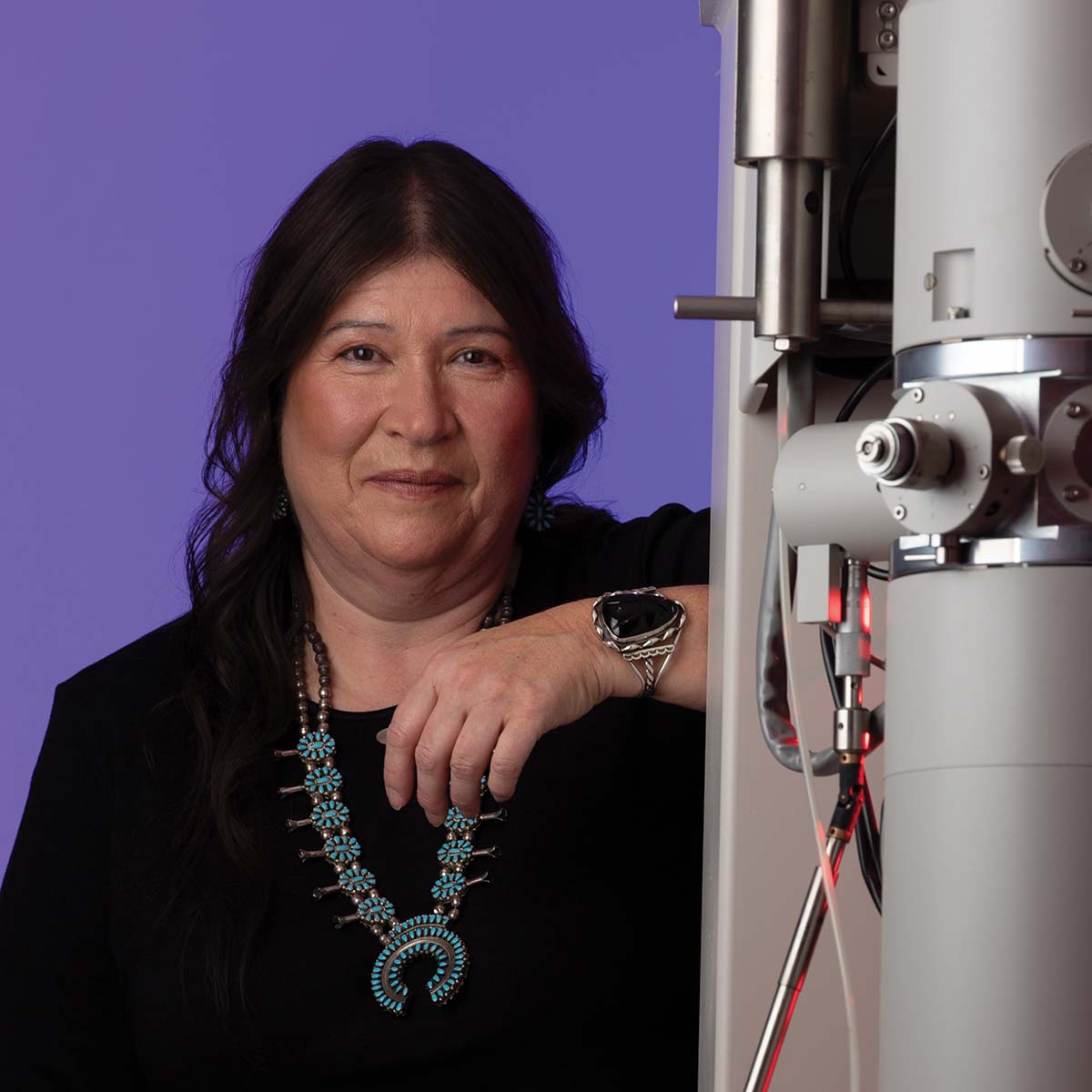Degree Type: Associate of Applied Science Degree, AAS, Certificate, CER, Not Accepting New Students
Pathway: Science, Engineering and Math
The Water Environmental Technology Program (Water Environmental Technology AAS, Wastewater Collection & Treatment Certificate, and Water Distribution & Treatment Certificate) has been discontinued and is no longer admitting new students.
Pikes Peak State College is committed to supporting current Water Environmental Technology students through their graduation. For current students completing the Water Environmental Technology AAS or Certificates, please contact Kristi Ramey at (Kristi.Ramey@pikespeak.edu) or (719)502-2028.
If you love the outdoors, want to help the environment, and are excited about a fast-growing job sector, this program is perfect for you. You'll explore the connections between humans and nature, develop critical thinking skills, and work on real-world projects.
Learn MoreA Chemistry degree from Pikes Peak State College can set you up for an exciting career path. With small class sizes, modern labs, and knowledgeable professors, you’ll be ready for a rewarding career or to pursue more advanced studies.
Learn More
Water is an essential nutrient for sustaining all life. The quality of our nation's water systems is a concern for current and future generations. Water and wastewater technicians inspect, sample, test and monitor groundwater and surface water sources for harmful contaminants. PPSC Water Environmental Technology students learn about this important field and how to apply the skills needed to succeed in the workforce.

The Water Environmental Technology Program (Water Environmental Technology AAS, Wastewater
Collection & Treatment Certificate, and Water Distribution & Treatment Certificate)
has been discontinued and is no longer admitting new students.
Water Environmental Technology instructors teach an in-depth understanding of the
distribution, collection and treatment of water and wastewater.
You will learn:
Water Environmental Technology incorporates classroom, field experiences, and group projects to help students prepare for work in water and wastewater treatment facilities.
The Water Environmental Technology Program is designed to prepare students for employment at the technician level in water and wastewater treatment operations.
This Wastewater Collection & Treatment certificate is designed to prepare students for work in water and wastewater treatment facilities.
This Water Distribution & Treatment certificate is designed to prepare students for work in water and wastewater treatment facilities.

Voices of PPSC
PPSC laid the foundation for me to build on. It provided the appropriate level of course work that I needed in order to believe in myself.
Karen Medville
American Indian Program Manager | Class of 1985
Career and Technical Education (CTE) – Notice of Non-Discrimination and other disclosures.